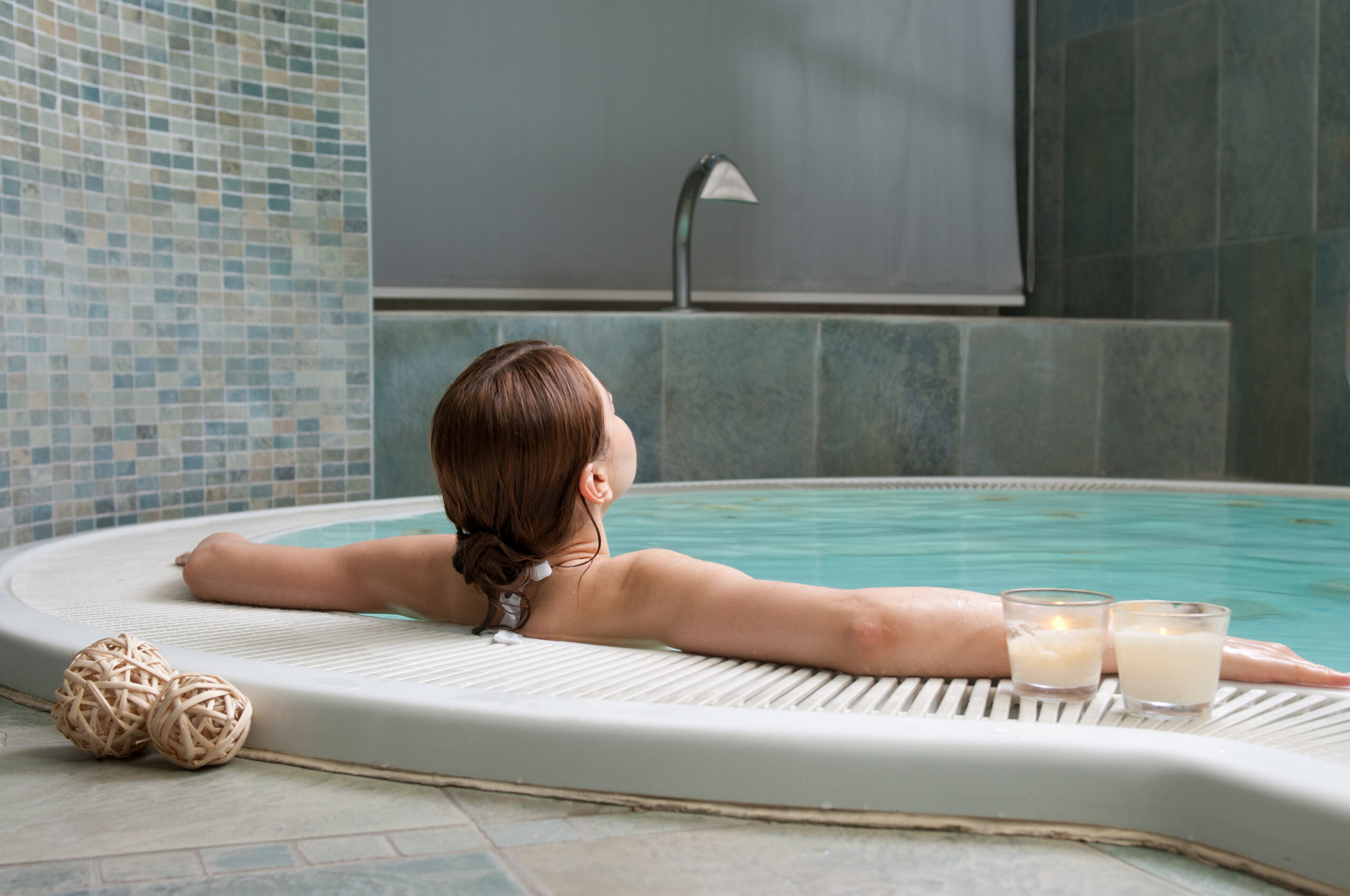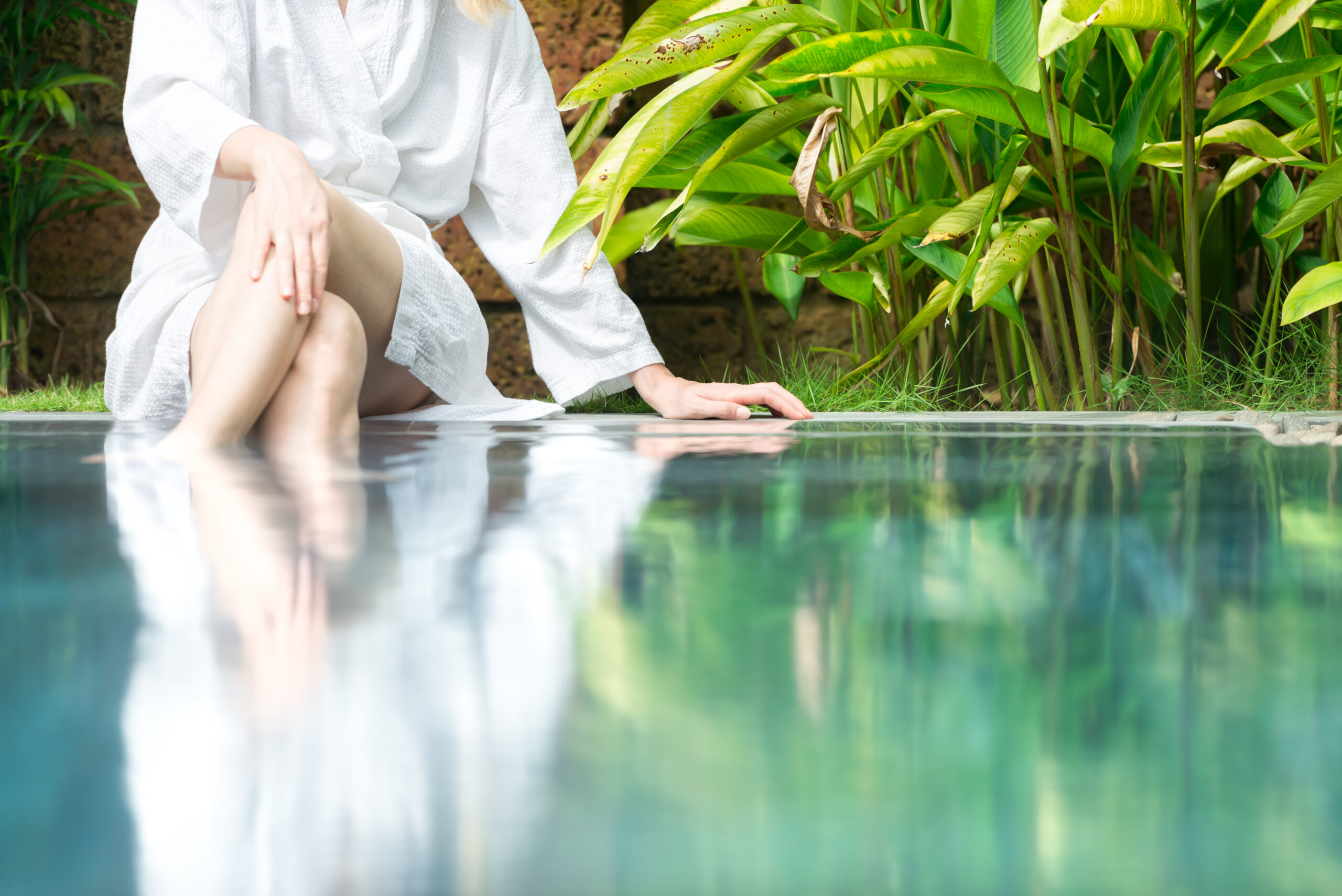You’re a proud pool spa owner, but the maintenance feels overwhelming. Don’t worry! You’re about to master the basics of keeping your oasis pristine.
We’ll dive into understanding its components, discuss essential cleaning procedures, tackle chemical balance checks, troubleshoot common issues and provide seasonal care tips.
Dive in and get ready to make your pool spa maintenance effortless and effective.
Understanding Your Pool Spa’s Components
You’ve got to understand your pool spa’s components before you can effectively maintain it. This understanding isn’t just about knowing what each part does; it’s about being aware of the component lifespan and knowing when certain parts might need replacement.
Let’s start with the pump, arguably the heart of your system. It circulates water through the filter, ensuring that debris is caught and your spa remains clean. Typical lifespan? Expect around 8-10 years, but this varies based on use and maintenance.
Next up, consider your heater. It ensures a delightful soak even on cooler days. Lifespan here is shorter at approximately 5-7 years.
Filters are another crucial component with a lifespan of around 2-3 years depending on usage. They catch all the impurities in your water so regular cleaning is essential.
Don’t overlook spa accessories like covers or steps either! A well-maintained cover can last up to seven years while steps may need replacing every five years due to weather wear-and-tear.

Essential Pool Spa Cleaning Procedures
Understanding essential cleaning procedures is crucial for keeping your water feature in top-notch condition. As an owner, it’s your responsibility to ensure the cleanliness and hygiene of your pool spa, which can be achieved through effective filter replacement techniques and the use of eco-friendly cleaning solutions.
1. Filter Replacement Techniques: Don’t underestimate the importance of regular filter replacements. Over time, filters become clogged with debris and lose their efficiency, leading to poor water circulation and quality. Learn how to replace them properly: switch off the system first; remove the old filter carefully; install the new one correctly. Remember to follow the manufacturer’s instructions closely.
2. Eco-Friendly Cleaning Solutions: Opting for environmentally friendly products isn’t just good for nature-it also enhances safety for you and your family by avoiding harmful chemicals that are often present in traditional cleaning agents.
3. Routine Inspections: Regularly check all components of your pool spa-from pipes to pumps-to spot any potential issues early on. This not only maintains cleanliness but also extends the lifespan of your equipment.
Regular Chemical Balance Checks and Adjustments
It’s crucial to regularly check and adjust the chemical balance in your water feature. This is key to preventing unwanted algae growth and ensuring safe swimming conditions. Understanding how to use a test kit effectively is one of your first steps towards pool spa mastery. You’ll want to test the pH, chlorine, calcium hardness, and alkalinity levels weekly.
When working with chemicals, always prioritize safety. Chemical storage safety isn’t just about storing them out of children’s reach-it’s also about maintaining their effectiveness. Keep chemicals sealed in original containers and stored in a cool, dry place away from sunlight. Mixing different chemicals can lead to hazardous reactions-always add them separately into the pool water.
Finally, when adjusting chemical levels, it’s always better to err on the side of caution. Add smaller amounts at intervals rather than all at once-you can always add more if needed. Also, remember that some adjustments may take up to 24 hours before fully integrating into the water.
In sum: regular testing plus smart storage and usage equals a clean spa pool you can enjoy without worry!
Troubleshooting Common Pool Spa Issues
Dealing with common issues that arise in your water feature doesn’t have to be a headache if you’re well-prepared and know what to look for. Take spa equipment upgrades and water temperature regulation, for instance: they might seem daunting but are actually quite manageable when broken down.
Here’s how:
1. Spa Equipment Upgrades: Latest equipment can improve the efficiency and lifespan of your pool spa, but it also requires understanding of compatibility with existing systems. Don’t rush into buying the newest gadget on the market; instead, research its functions, read reviews, and consult professionals before making a decision.
2. Water Temperature Regulation: An integral part of maintaining comfort in your spa is ensuring optimal water temperature. This involves regular checks on heating systems and thermostats to ensure they’re functioning properly.
3. Troubleshooting: Regular inspections can help detect minor issues before they escalate into major problems. Keep an eye out for unusual changes such as sudden drops in water levels or unusual noises from equipment.
Seasonal Pool Spa Care Tips
Shifting gears to seasonal care, let’s delve into how the changing weather can impact your water feature and what steps you’d need to take to keep things running smoothly all year round.
When winter is on the horizon, it’s time to employ some basic winterizing techniques for your pool spa. Drain water from pumps, heaters, and filters, protect your equipment with covers, and remember to balance the water chemistry before covering your pool for the season.
As temperatures rise heralding summer, preparation becomes vital. Remove and clean pool covers thoroughly as stagnant water or debris can contaminate your pool. Reconnect any equipment disconnected during winterization while inspecting them for any signs of wear or damage. Once refilled, shock your pool with high levels of chlorine to kill off bacteria, then balance its pH, alkalinity, and hardness levels.

Remember that seasonal care extends beyond just summer and winter; spring startup and autumn wind-down also require their own set of maintenance steps. With a little planning and effort in each season, you’ll ensure optimal functioning of your pool spa throughout the year, giving you peace of mind knowing that you’re ready for whatever Mother Nature throws at you.
Frequently Asked Questions
What Are Some Energy-Saving Tips for Running a Pool Spa?
You can save energy by investing in eco-friendly equipment and ensuring good spa insulation. These steps reduce heat loss, lower energy consumption, and make your pool spa more efficient and environmentally friendly.
How Can I Child-Proof My Pool Spa for Safety?
To child-proof your pool spa, install a sturdy pool fence and use spa alarms. These measures ensure kids can’t access the area without supervision, making it safer while reducing potential accidents or injuries.
What Are the Health Benefits and Risks of Using a Pool Spa?
Using a pool spa has therapeutic effects, like easing muscle pain and reducing stress. However, risks include skin infections if spa hygiene isn’t maintained. It’s important you regularly clean and treat the water for safety.
Are There Any Insurance Considerations for Owning a Pool Spa?
Yes, owning a pool spa impacts your insurance. Spa warranties might cover some damages, but they’ll likely raise your insurance premiums. It’s crucial to understand these costs before installing a spa.
Can I Use My Pool Spa in Adverse Weather Conditions?
Yes, you can use your pool spa in adverse weather conditions, but it’s vital to consider the impact on spa durability. Always ensure proper maintenance and precautions to minimize potential damage from harsh elements.
